
Learn the general characteristics of encoders and resolvers; these two components may seem to have much in common but are used in very different applications.
Learn the general characteristics of encoders and resolvers; these two components may seem to have much in common but are used in very different applications.

Learn all about exoskeletons, a way to fuse robotics and humans in ways that can help the manufacturing process while…
Learn all about exoskeletons, a way to fuse robotics and humans in ways that can help the manufacturing process while protecting the human body from excessive strain.
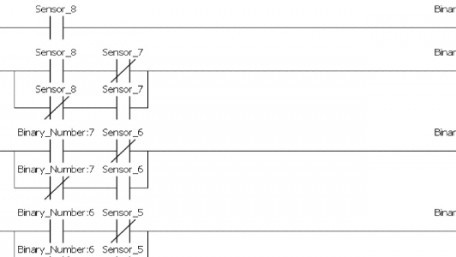
The sensors in absolute encoders output Gray code sequences which require some complicated conversion methods to be…
The sensors in absolute encoders output Gray code sequences which require some complicated conversion methods to be properly used. This article shows how to take the Gray code used by absolute encoders and convert it to binary.
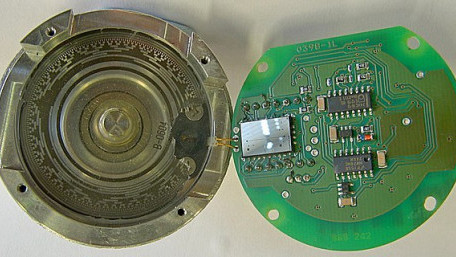
This article introduces Gray code, a specialized binary arrangement necessary for absolute encoders to communicate with…
This article introduces Gray code, a specialized binary arrangement necessary for absolute encoders to communicate with controllers.

Learn all about visual servoing and motion planning to create an autonomous robot!
Learn all about visual servoing and motion planning to create an autonomous robot!

SLAM for robotics utilizes mapping and localization for accurate movement. This article covers the architecture of a…
SLAM for robotics utilizes mapping and localization for accurate movement. This article covers the architecture of a mobile robot running SLAM and the different broad classifications withing SLAM.
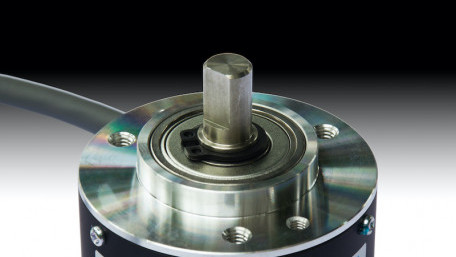
This article looks at rotary encoders, covering the main types, introducing their characteristics, and introducing their…
This article looks at rotary encoders, covering the main types, introducing their characteristics, and introducing their key applications in control systems.
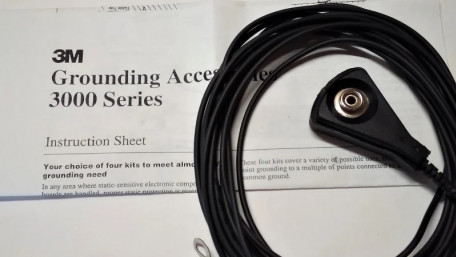
When it comes to electrical grounding, many strategies are employed to accomplish different tasks. One of the main…
When it comes to electrical grounding, many strategies are employed to accomplish different tasks. One of the main reasons for grounding equipment is for the safety of users and equipment while maintaining strict adherence to regulations.
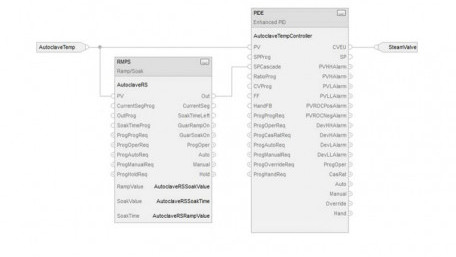
This article will focus on using an Allen-Bradley ramp/soak controller with a PID.
This article will focus on using an Allen-Bradley ramp/soak controller with a PID.
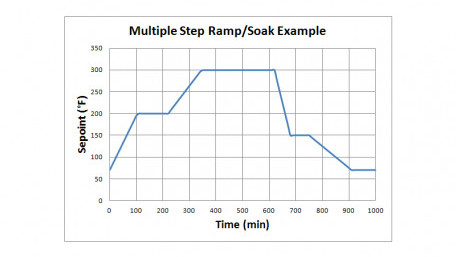
The ramp/soak controller has long been associated with temperature control loops and is included standard in some, and as…
The ramp/soak controller has long been associated with temperature control loops and is included standard in some, and as an option on other stand-alone electronic temperature controllers.
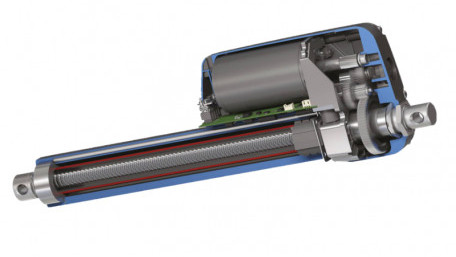
Recently, there has been an increasing demand for electromechanical actuators as they may be beginning to replace…
Recently, there has been an increasing demand for electromechanical actuators as they may be beginning to replace hydraulic and pneumatic actuators.
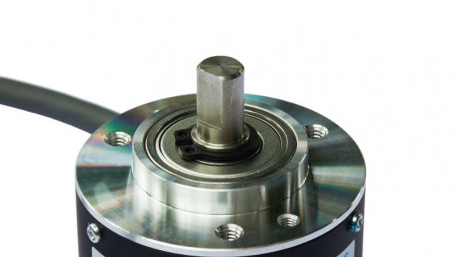
This article discusses different types of motor encoders in automation, specifically linear and rotary encoders and their…
This article discusses different types of motor encoders in automation, specifically linear and rotary encoders and their applications.
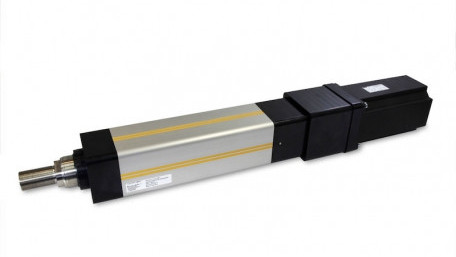
In this article, we take a look at hydraulic, pneumatic, and electric actuators and how they are used in different scenarios.
In this article, we take a look at hydraulic, pneumatic, and electric actuators and how they are used in different scenarios.
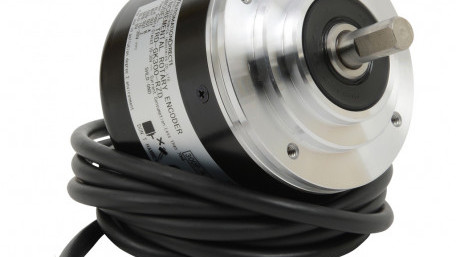
PID controllers are an excellent method of using feedback to turn an otherwise open-loop system into one which can follow…
PID controllers are an excellent method of using feedback to turn an otherwise open-loop system into one which can follow a carefully prescribed profile, correcting for inconsistencies caused by the equipment, the environment, and even the products in the manufacturing process.
Nearly all industrial engineers have heard of a VFD. But what does VFD stand for, how do they work, and why would we…
Nearly all industrial engineers have heard of a VFD. But what does VFD stand for, how do they work, and why would we prefer using a VFD to control motors for heavy loads?
